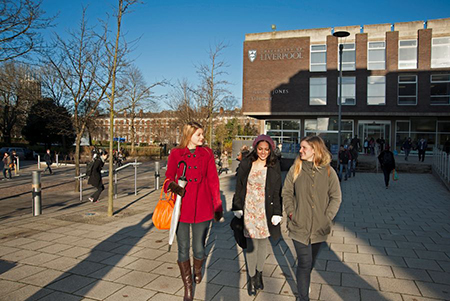The survey phase of this year’s National Student Survey closed on 30 April with a final institutional response rate of 72%.
The figure puts the University ahead of the sector average of 71% with ten departments improving on their 2013 response rate and some 96% of eligible subject areas reaching the publication threshold, up from 92% last year.
Highest departmental response
The prize for the highest departmental response has been awarded to the Department of Cultures, Languages and Area Studies for a second successive year after they achieved an impressive 88% participation.
The School of Archaeology, Classics and Egyptology has won the prize for the most improved response rate after achieving a 12% increase on last year’s response. Both departments will receive a £500 hospitality prize to be used at their Graduation celebrations.
Important indicator
Professor Kelvin Everest, Pro-Vice-Chancellor for Student Experience, said: “The National Student Survey is an important indicator of student satisfaction and provides the University with a wealth of data that helps us to enhance the student experience.
“Although just short of our target of 75%, I’m delighted with this year’s response rate. I’d like to thank all those staff who have worked so hard to encourage students to take part.”
Results of the survey are expected to be published in August.
Detailed School/Department and course response rate reports are available to download from the Market Intelligence Strategy Team web pages: https://www.liv.ac.uk/intranet/srao/market-research-team/national_student_survey/nss-response-rates/
The National Student Survey is commissioned by the Higher Education Funding Council for England (HEFCE) and administered by independent research agency Ipsos MORI. The results provide valuable feedback about various aspects of the student experience and are used by the University and Liverpool Guild of Students to guide improvements and address issues. The results are published on the Unistats website and in the Key Information Sets (KIS), which are used by prospective students to help them choose where and what to study.
